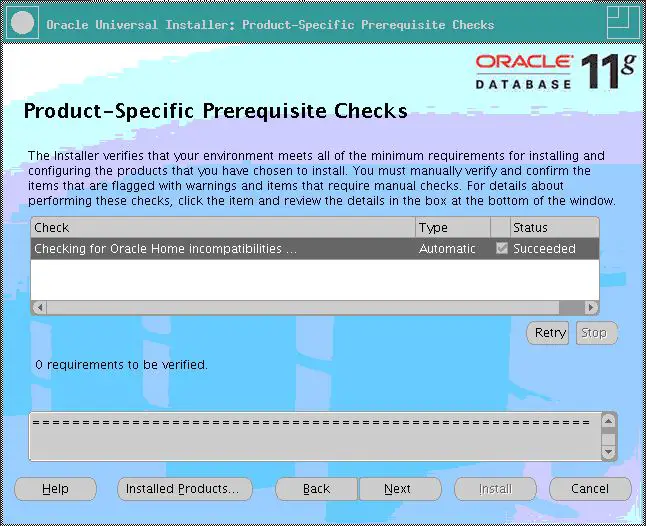


This is because many hosting accounts are on shared servers, and on one server each database and user name must be unique across all accounts on the server.

For example, if you log into your site's control panel as "webadmin" and create a database named "drupaldb" and a user for that database named "dbuser", when running the installation script (next step) the database and user may need to be typed in as "webadmin_drupaldb" and "webadmin_dbuser". Note that in many cases when creating databases and users via a web-based interface, the username you use to log into your control panel is added as a prefix to the database name and possibly to the database username as well. You will enter these items into fields in your browser when running the installation script (For example, are you installing in, or in, or etc.?) as you create the database. Take note of the username, password, database name and hostname. In most web control panels' "database wizard", if you simply check "All" privileges for the user you create (and then uncheck "Grant" if it is listed as a privilege) your user will be set up correctly. When you create the user for your database, you may see a page where you can specify the privileges that the user will have for various operations on the database. To create a database using a browser-based control panel consult the documentation or ask your web host service provider. These tools include easy-to-use features for creating a new database, and for creating a "user" with rights to the database. Most web hosting accounts provide a Web-based control panel to help you administer your site. Allowed characters are a.z, 0.9, and "_" (underscore).Ĭreate a database and user via a browser-based control panel.If you use capital letters in the database name, they will be converted to lower case.Selection of characters in MySQL/MariaDB database name Using SQL commands (using the command line).Web browser-based control panel (such as "CPanel" or "Plesk").This page provides direction for creating your Drupal database using one of the following methods: The database user you specify during installation is the one that will connect to the database on every page load. If you are installing Drupal on a public web server, then you should create the database first, and give access to a less privileged user.
Create link in idatabase password#
When you run the installation script (next step) just supply the user name and password of a database user with permission to create a new database. DGET returns the value of the field specified in the second argument (similarly to a VLOOKUP) only when exactly one record matches Criteria otherwise, it returns an error indicating no matches or multiple matches.If you are installing Drupal on a test site, then you can skip this step. A field name may appear more than once in the Criteria range to allow multiple restrictions that apply simultaneously (for example, temperature >= 65 and temperature <= 82).ĭGET is the only database function that doesn't aggregate values. A database row (a record) satisfies Criteria if at least one filter matches it. An empty cell means no restriction on the corresponding field.Ī filter matches a database row if all the filter restrictions (the restrictions in the filter's row) are met. Examples of restrictions are: "Chocolate", "42", ">= 42", and " 42". Restrictions are described using Query-by-Example notation and include a value to match or a comparison operator followed by a comparison value.

Every other row in Criteria represents a filter, a set of restrictions on the corresponding fields. The first row in Criteria specifies field names. It is structured such that the first row contains the field name(s) to which the criterion (criteria) will be applied, and subsequent rows contain the conditional test(s).


 0 kommentar(er)
0 kommentar(er)
